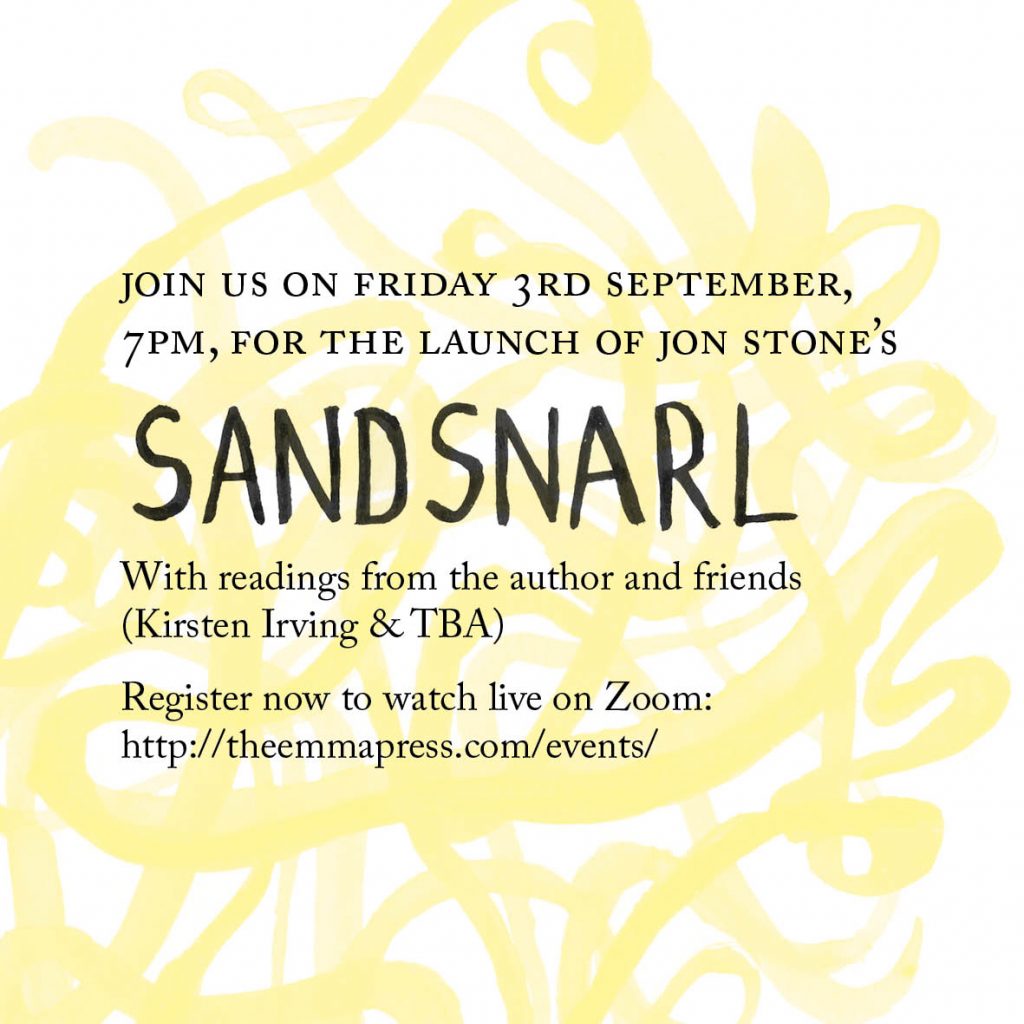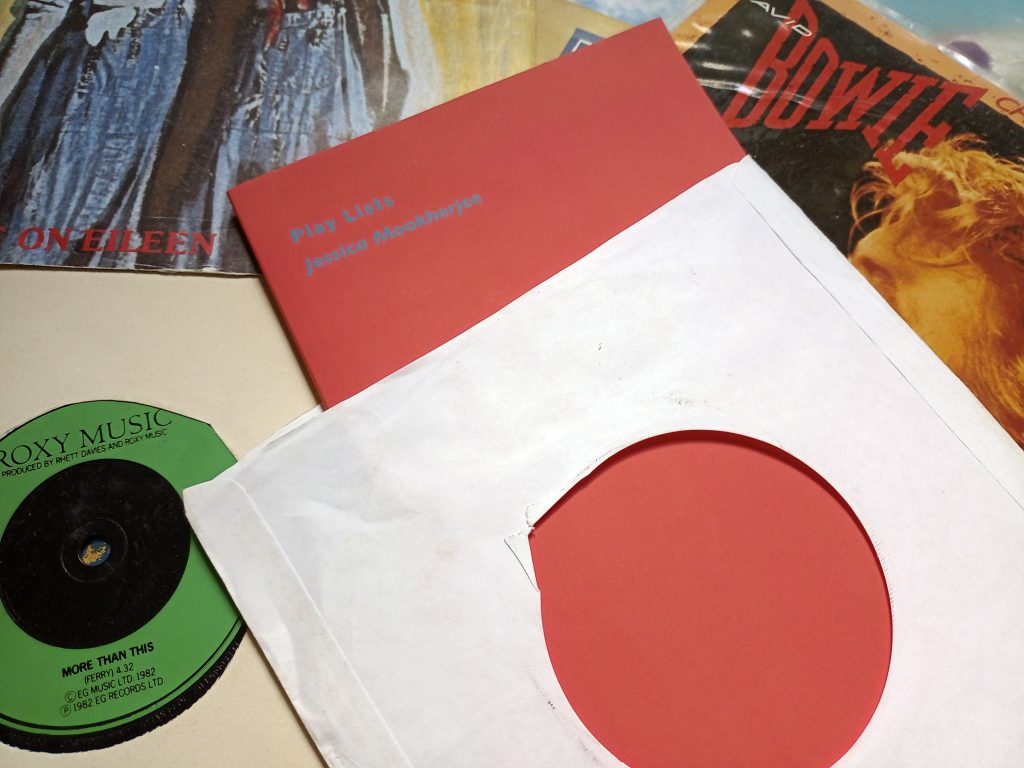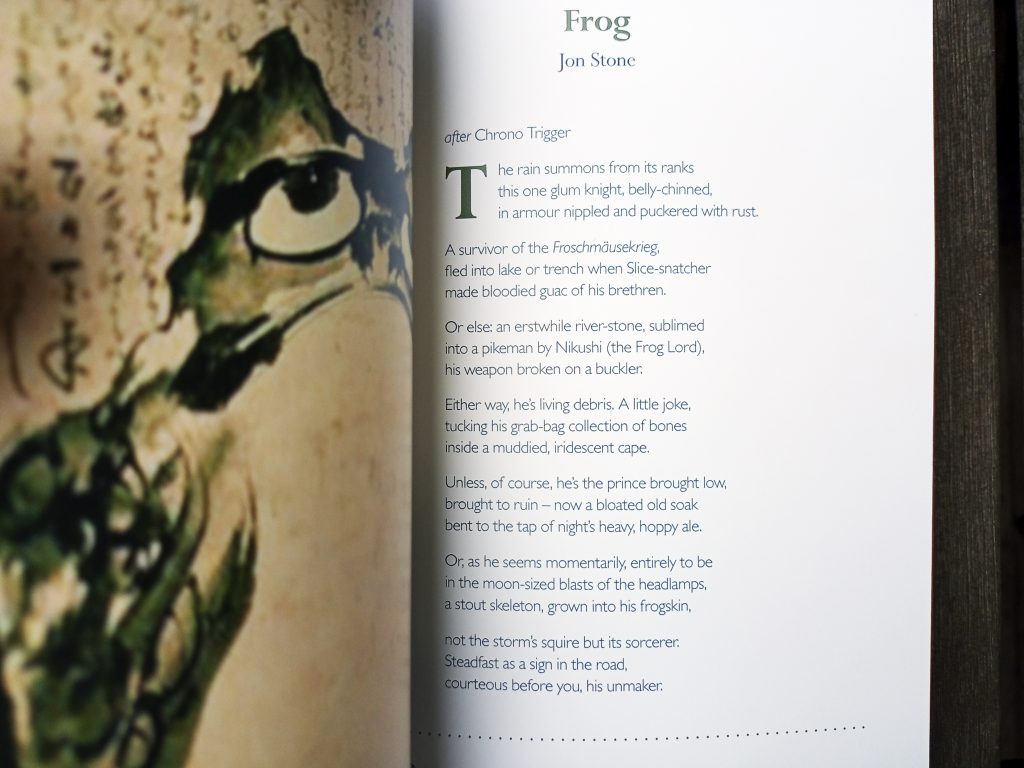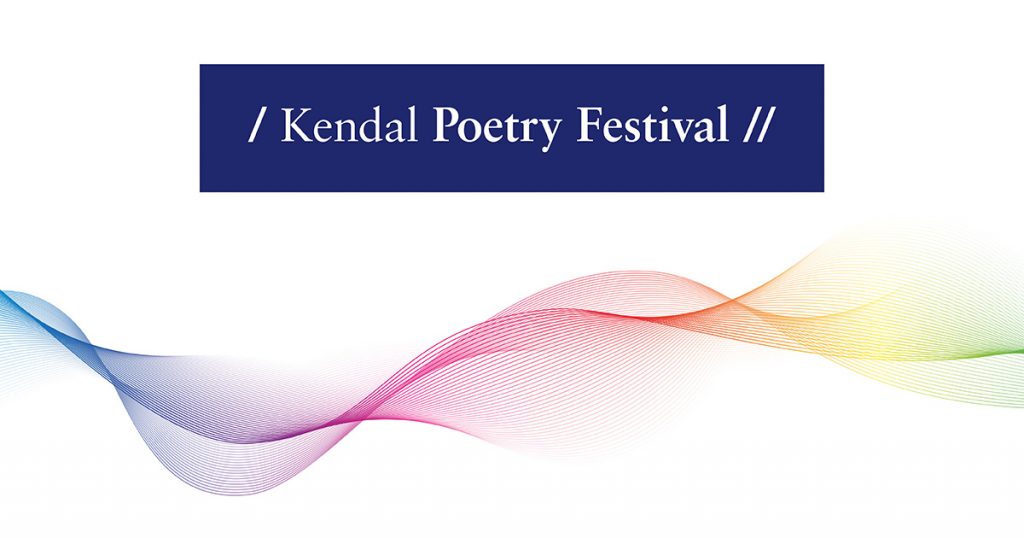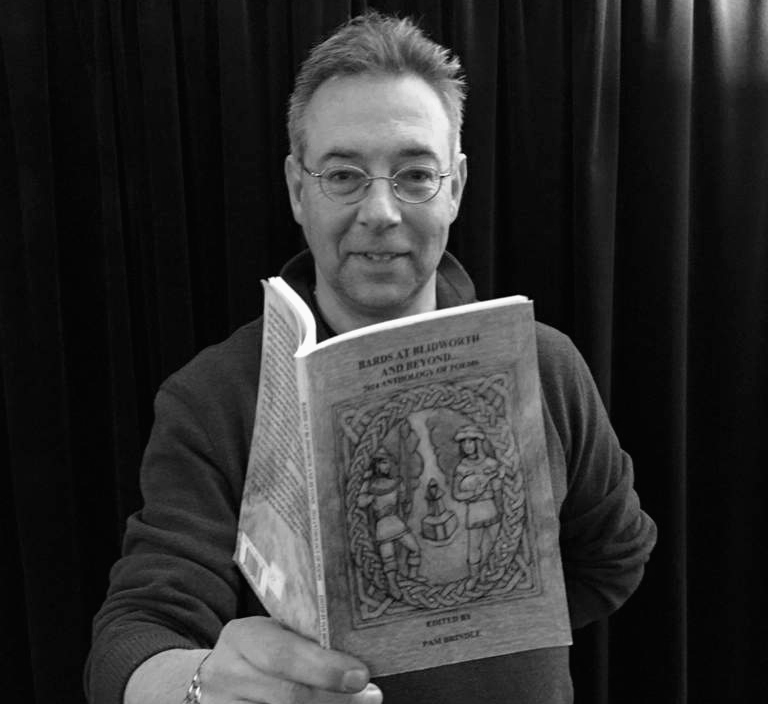This is a quickfire response to ‘(Good) Person Poems’, an op-ed by Rory Waterman published by Poetry London, and I’d like to start by saying that I’m glad this piece was published. It airs a grievance that is clearly deeply felt, and shared by others in the poetry community, and it’s better that such grievances come to the surface and submit themselves to examination, rather than simmer on in the background. The tendency, I’ve noticed, is for people to clot together in support or condemnation of a particular viewpoint, with little effective dialogue passing between the two sides.
I would invite everyone reading this to read the piece in full – it’s fairly short – but in summary, it is critical of a certain strain of poem whose concern, according to Rory, is in “making me admire the morality of its author” more than it is in being effective poetry, poems which are focussed on the virtue or deservingness of the poet as a human being, the language of the poem being merely a means of conveying assurance of that virtue. Rory treats this as indicative of a desire among a subset of poets to appear ‘unproblematic’, and links it to a mood of ‘sanctimonious certainty’ in a way that seems to place this piece firmly within the genre of anti-woke invectives.
Here are some problems I have with the way Rory’s criticisms are expressed.
1. We are not thinking of the same poets
As with many a screed on the state of poetry, no offending examples are given. Instead, Rory begins by describing an experience he anticipates will be familiar to all those reading: a poet is introduced bombastically, gives a pompous introduction, and proceeds to deliver a mediocre poem which is really all about themselves. The audience applauds – nobody points out that the emperor has no clothes.
It is, of course, familiar to us. But the lack of specificity conceals the fact that we are all thinking of different occasions, different poets, different audiences. It’s clear from some of the detailing that Rory has in mind in particular poets who are attuned to the present activist zeitgeist (“He then follows with some proclamation about equality, leavened with a declaration that he is working class”), but these details could be substituted for almost any other introductory proclamation. There’s nothing new about poets contextualising their poetry with an earnest and slightly melodramatic account of their inspiration for writing it – one that paints them in a flattering light – and half the audience figuratively waving their lighters while the other half quietly roll their eyes.
What governs our differing reactions is who and what we are able to emotionally connect with. I think it very likely indeed that I would have been among the eye-rolling contingent on an occasion when Rory was sincerely moved by a poet’s performance of selfhood. In fact, the latter half of the piece becomes insistently reliant on the existence of poems which make Rory “want to cry, or laugh, or both”, which I am fairly certain (based on the examples provided) provoke no such reaction in me.
2. You are not humanity. Humanity is not you.
The most egregious line of the piece is this, referring again to Rory’s preferred canon of poems: “By refusing the modern, statesperson-like ambition to give voice to a community or simplified grievance, they give voice to humanity.”
They do no such thing. They give voice to a certain range of human experience, as do the former category of poems. Certain experiences may be universal, but the way in which we experience them varies greatly, so that no poem can possibly speak to, or for, all of humanity. These kinds of claims are, and have always been, as wild as anything a feverish activist might announce of themselves up on stage. Worse than that, they are often grounded in denial of or dismissiveness towards experiences that are not known to the person making the claim.
3. The ‘flawed’ poet is also an affectation/infatuation
The piece argues that we ought to value ‘moral complexity’ in poetry – and who could argue with that? The problem is the strange assumption that there is inherently more moral complexity (and, implicitly, more virtuousness) in the poet who adopts a pose of humility or self-recrimination than in one who starts out from a footing of righteous anger or the desire to bear witness. There are many poets for whom frailty is or was a posture, some of them good, some of them awful. If the nameless poets Rory is thinking of in this piece really are hopeless, there is very little chance that their work will be improved by their being urged to rake over their own imperfections.
4. Longevity is a poor metric of worth
Rory’s parting shot is a familiar one: that none of those poets he rails against will be remembered in “in two decades’ time when they have succumbed to the ageist cult of newness they seem so keen to embrace”. Being remembered in two decades’ time is certainly desirable to all of us with egos to feed, but has little to do with the value of a work or the virtues of the person who wrote it. Much that is of value is localised, ephemeral. The likelihood that something will not exist in a few years is not a reason to dismiss it from your notice; very often, in fact, it’s a reason to appreciate it now while you have the chance.
Also, I wouldn’t place any great faith in future cultural arbiters. It’s likely that Simon Armitage will be remembered long after many far better poets have been forgotten, since fame in one’s lifetime is a useful (if not impenetrable) bulwark against sober reevaluation. One only has to notice the degree of resentment that meets any proposed renaming of buildings or replacement of statues. At a certain point, it seems, the story of the past is ossified, and any attempt to re-open the case file is considered to be recklessly destabilising. On which note …
5. What you’re seeing is not ‘certainty’
The phrase ‘sanctimonious certainty’ is what connects this to other tirades against the woke. It is in every case a misapprehension. People do not insist on things with vehemence when they are certain. The certain is what goes unremarked upon, what can be permitted to continue reproducing itself without any assistance. Certainty that their reputation and material wealth is under no serious threat is what allows poets to behave in bastardly ways while repudiating themselves in their poetry for minor character flaws. The Don Paterson of ‘The Dark Art of Poetry’ was a far less assured figure than the Don Paterson of The Poem; at the earlier point, he had to tear into his perceived enemies (the avant-garde and performance poets) with some ferocity. Now he can largely ignore them while peppering his writing with blithe assertions.
The younger generation growing up today are far less sure of themselves, of the world, of their place in it, than those before them. This is reflected in their attraction to the declarative and affirmative modes, to ‘statement’ poetry, and in their need to locate themselves within a clear moral and political framework that retains some ambitions toward collective improvement. Poems of insistence are a means of advancing prospective stability – a stability which is not offered by the platitudes previous generations too often treat as wisdom. Many of these poets are trying to carve out a place for themselves in a literary culture that has traditionally refused to acknowledge the existence of their kind; it’s hardly surprising that the posture they adopt is one of passionate defiance.
6. So is there any kind of problem at all?
I think so, and it’s one Rory both touches upon (albeit imprecisely) and exemplifies. The problem is that the emotional resonance produced by, or interpersonal relatability of, a work of poetry is not a good basis for building critical consensus or having a productive exchange of views. If we want to have a conversation around what a poem does, how it works and why it is of lasting value, then we need to able to go beyond talking about what it makes us feel. Not that there is anything wrong with poetry producing an emotional resonance; it’s simply that it must be admitted these effects are hopelessly unreliable, that what one person finds incredibly moving another finds either flat, or merely technically impressive, or irritatingly trite.
There is a great reluctance, it seems, in accepting that those parts of a poem or a poets’ oeuvre you thought to have eternal, universal pertinence are really limited in relevance to people of (for example) your own age and background – perhaps because it produces a feeling of loneliness, of disconnection. Or perhaps because it leads one to the inevitable conclusion that all the battles over meaning and cultural import must be endlessly refought, that nothing is safe. But the answer to that can hardly be to continue shouting at each other “Oi, your emperor’s got no clothes.”



